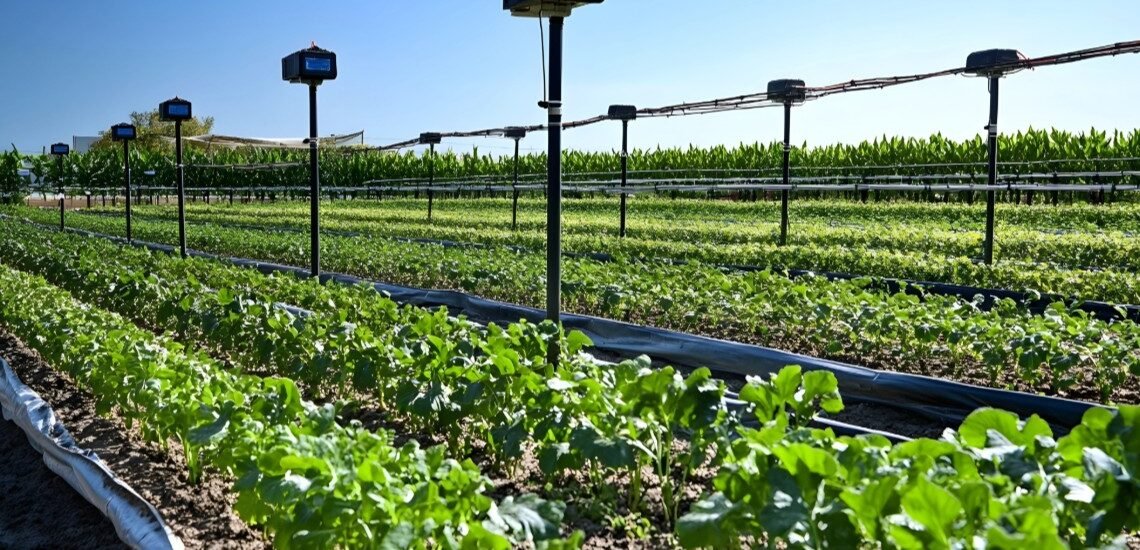Overview
A fast-growing agri-tech startup set out to revolutionize precision farming with a line of smart sensor nodes for monitoring soil moisture, temperature, and climate conditions in real-time. However, they quickly faced critical firmware-related challenges: device instability, limited battery life, and poor long-range wireless performance in rural environments.
By partnering with an embedded firmware development team, they built robust, low-power, and field-resilient firmware that helped them deploy scalable, autonomous monitoring solutions across hundreds of farms.
The Challenge
The initial prototype devices performed inconsistently in real-world conditions. The team struggled with:
- Frequent device crashes in the field due to memory leaks and poor error handling
- Battery depletion within a few weeks, despite being solar-assisted
- Weak communication range, resulting in lost data and sync failures
- Manual resets and firmware updates, requiring costly on-site visits
In an environment where field access is time-consuming and weather conditions are harsh, the lack of firmware reliability posed a major barrier to scaling their agri-tech vision.
The Solution
The company partnered with a dedicated embedded engineering team to rebuild the firmware from the ground up, with a focus on:
✅ Ultra-Low Power Design
- Leveraged ARM Cortex-M0+ architecture for energy efficiency
- Implemented deep sleep modes with interrupt-based wake-ups (via sensor thresholds or timers)
- Reduced power-hungry polling by enabling event-driven data collection
✅ Robust Communication & Data Handling
- Integrated LoRaWAN protocol stack for long-range, low-power data transmission
- Added packet queuing and retry logic for intermittent connectivity
- Developed a ring-buffered data logging system to prevent data loss during outages
✅ Self-Healing & Remote Management
- Added watchdog timers to automatically reset on software hangs
- Implemented over-the-air (OTA) firmware updates using LoRaWAN downlink packets
- Built-in diagnostic logs for remote debugging without physical access
The Results
The firmware revamp delivered significant, measurable benefits in field trials and commercial deployments:
- 🌱 98% node uptime across a 3-month pilot in diverse terrain
- 🔋 1+ year battery life, even with high-frequency sensing in cloudy regions
- 🌐 Stable connectivity over 5–10 km, ensuring reliable data sync with gateways
- 🛠️ 90% reduction in on-site maintenance, thanks to OTA and self-recovery features
- 🚜 Scaled to 300+ farms in under 12 months, with strong demand in export markets
Key Takeaway
By building highly efficient and resilient embedded firmware, the agri-tech company turned early hardware prototypes into dependable smart devices. The improved solution enabled farmers to monitor soil and climate conditions remotely, optimize irrigation schedules, reduce water use, and make timely planting decisions — all powered by intelligent edge technology.






